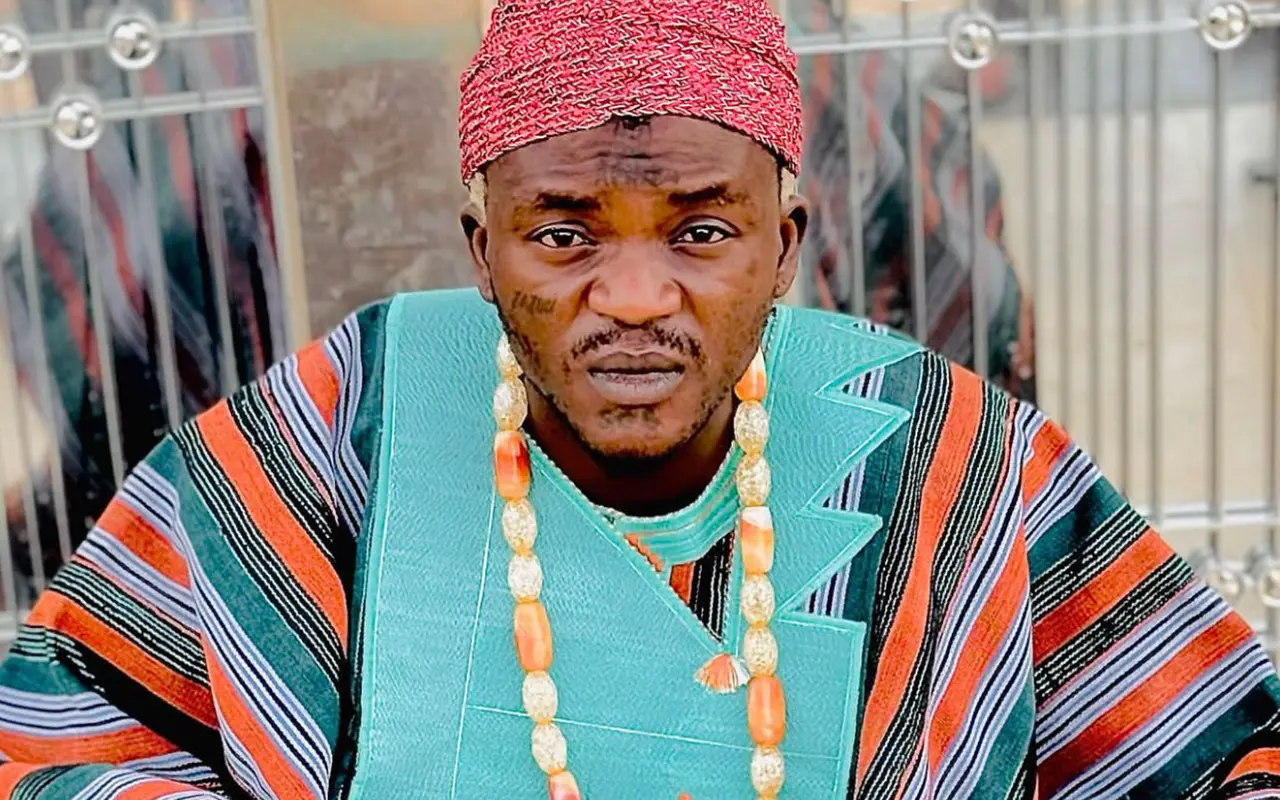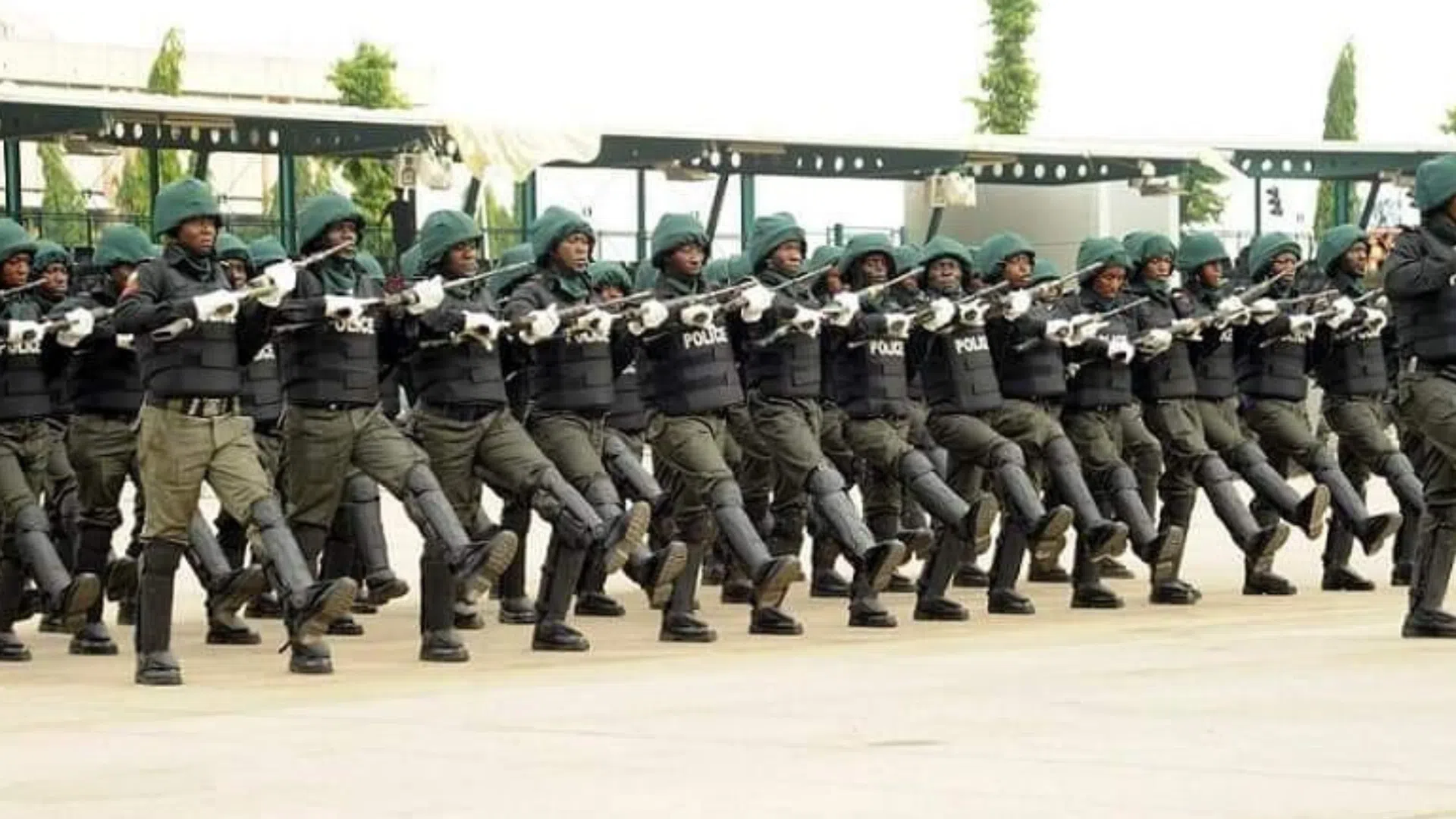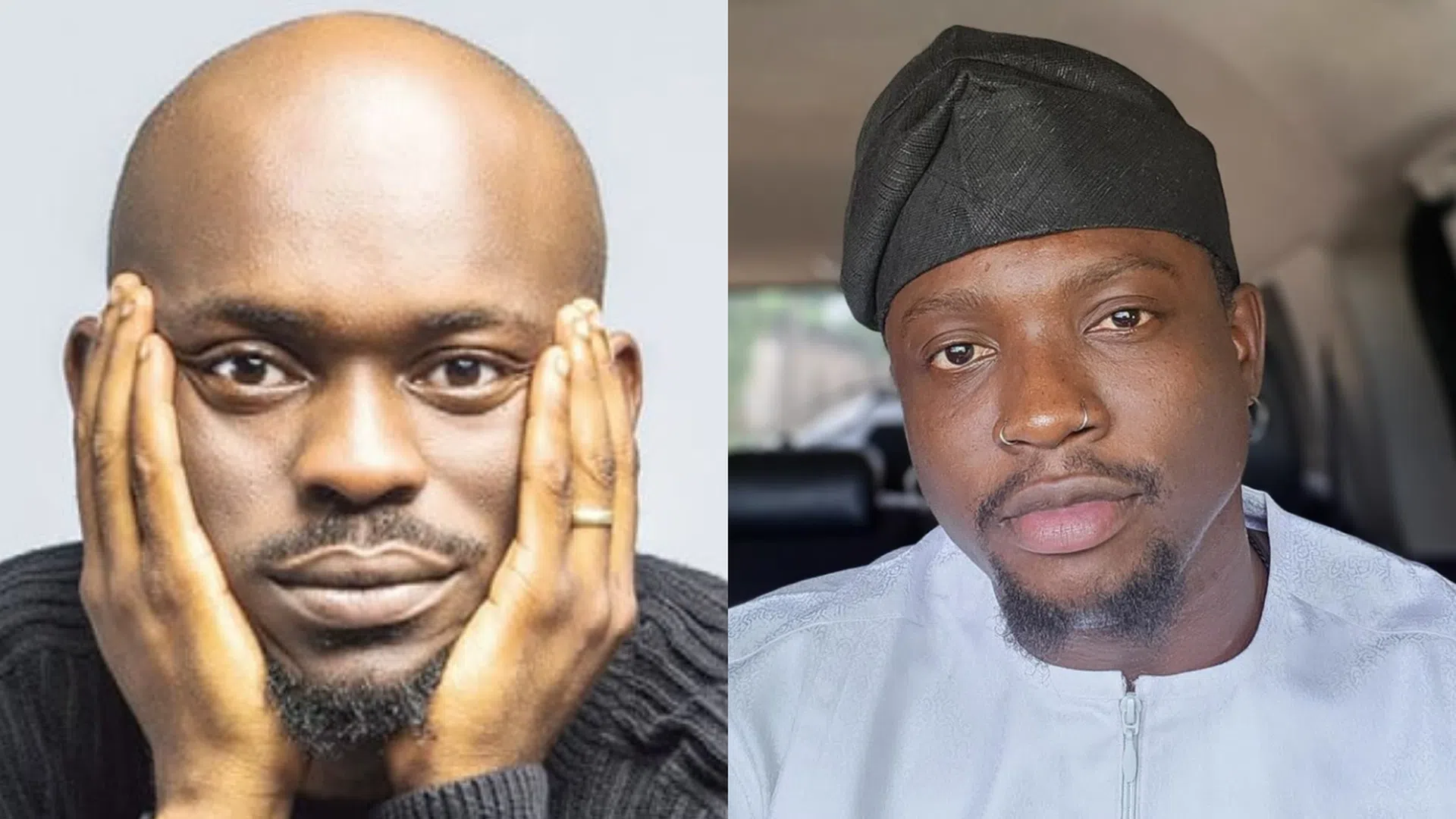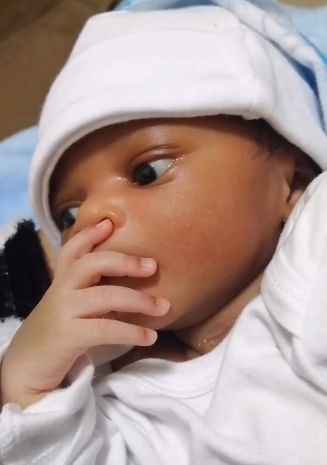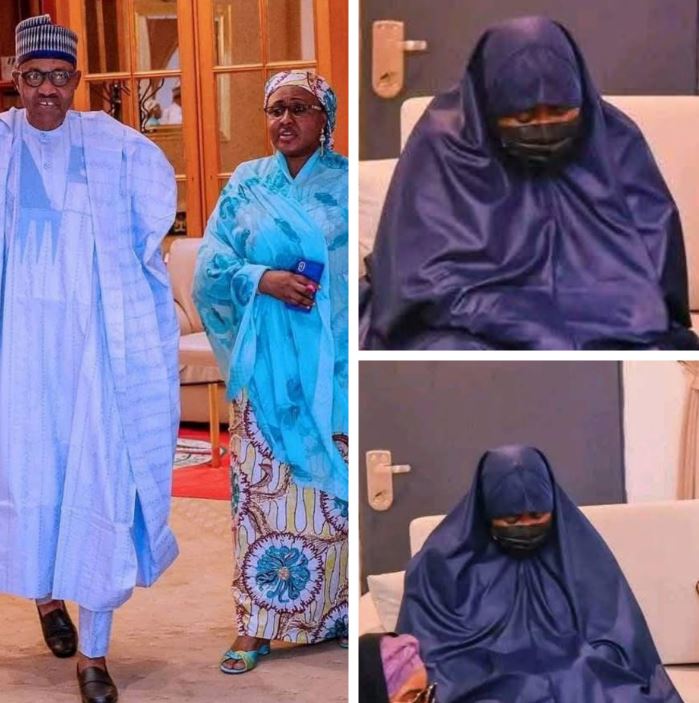Nauseating photos allegedly taken in the central square of the ISIS extremists’ de facto capital Raqqa show the battered and bloodstained body of an unnamed 17-year-old boy strapped to a cross. A handwritten placard hangs around the teenager’s neck, accusing him of ‘apostasy‘ – the abandonment of his religion – and says he had been crucified for three days after being caught receiving 500 Turkish lira – £140 – for every photograph he took of an Islamic State military base.

The image has been circulated on Twitter both by anti-ISIS campaigners and by ISIS supporters, who sickeningly trumpet it as a positive example of the group’s brutal interpretation of Islam. Charlie Winter, programs officer at counter-extremism think tank the Quilliam Foundation, said crucifixion is a prescribed punishment meted out by Isis for specific crimes.
‘Crucifixion has been used many times before – it’s an age-old punishment dealt out to people who have committed treason,’ he told The Independent.
The Islamic State’s use of crucifixion as a punishment stems from its fundamentalist interpretation of Verse 33 of the fifth book of the Koran.
The verse reads: ‘Indeed, the penalty for those who wage war against Allah and His Messenger and strive upon earth [to cause] corruption is none but that they be killed or crucified or that their hands and feet be cut off from opposite sides or that they be exiled from the land.’
‘That is for them a disgrace in this world; and for them in the Hereafter is a great punishment.’ Despite this, ISIS chooses to ignore the next passage which emphasises forgiveness and removes the imperative to use such a punishment, saying:
‘Except for those who return [repenting] before you apprehend them. And know that Allah is Forgiving and Merciful.’
Raqqa’s central square has been bathed in blood since the terror group fully seized control of the city earlier in the year.









